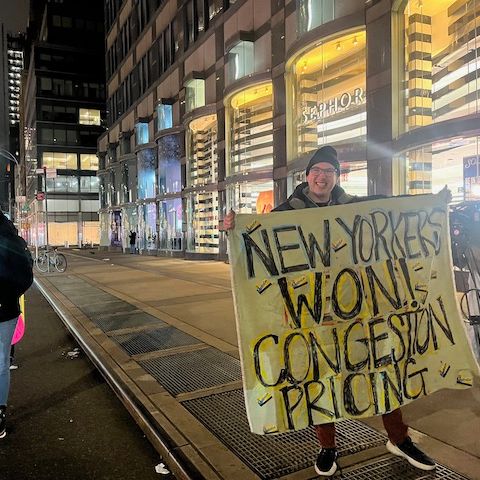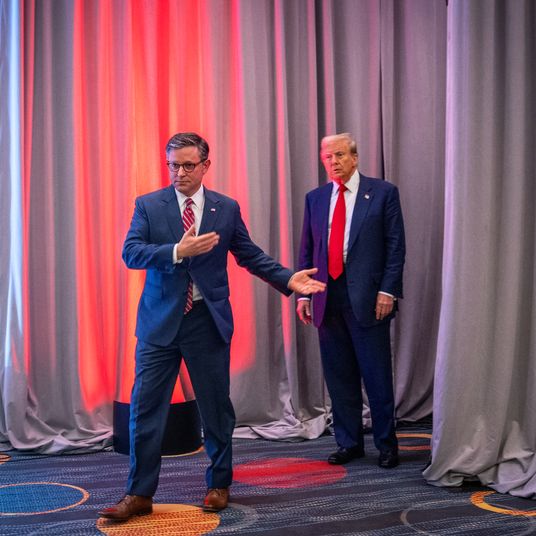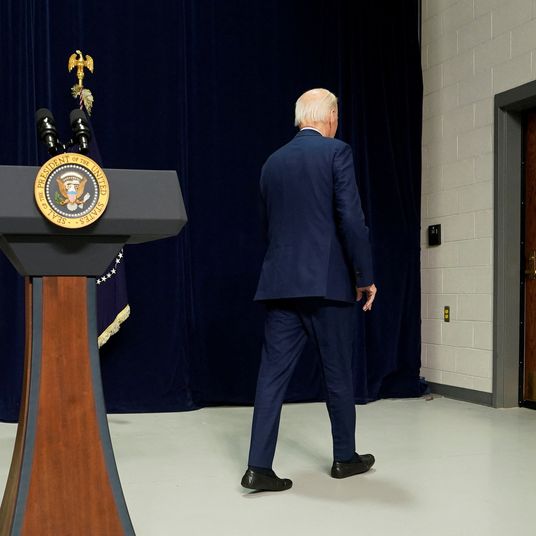
Recently, I got a dog (pictured above). He’s a Lab mix, about three months old, and completely adorable. So when I picked him up from the rescue, my first impulse was to take a whole bunch of photos and put them up on various social networks so my friends could see.
But after I’d taken and sent a few photos, it occurred to me that my phone could also take video. So I fired up Vine and Snapchat, and an animated GIF-creating app, and began filming away. As it turned out, the videos came out better. They captured the essential nature of a puppy — bouncy movement, high-pitched squeals, squirmy energy — much more accurately than a photo ever could. And my friends soon began asking me to send them more video evidence of his cuteness.
Many of us have gotten used to the addition of short, self-shot videos into our social-media routines. The rise of the animated GIF, the introduction of Vine, the technology that has enabled mobile networks to transmit medium-size files more quickly — all of these things have conspired to make short videos a compelling alternative to photos in almost any conceivable social-media setting. In the past few months, as Vine surpassed Instagram on Twitter and Android and Snapchat became a mass sensation, I’ve seen videos of my friends at bars, gotten promotional videos by musicians hawking new albums, and had friends show off their new apartments. Now when shareable moments happen, we’re increasingly forced to ask ourselves: moving or still?
Today, the builders of Instagram — the app that has done more than any other to popularize the socially shared photo — is making it clear that they, too, understand the appeal of shared video. They introduced a video element, similar to Vine’s central feature, that will allow users to take fifteen-second videos, apply one of thirteen filters to it, and share it to their Instagram feed. There’s also an auto-stabilization feature, to reduce the shakiness of your shots. (If you want to see the video Instagram in action, here’s a tester I filmed with the puppy just now.)
Shareable mobile videos aren’t new. There are dozens of “Instagram for video” clones on the market. The most popular of them, Viddy, reached a peak last year, then flamed out when Facebook users reported that it was being overrun with spam. But the appeal of stand-alone video-share apps was relatively weak until Twitter stepped in with Vine. Now with Instagram itself entering the game, what was an emerging trend has become a dominant market segment.
Most observers think that Instagram’s video turn has a commercial motivation — pointing out, for example, that Vine has been able to attract advertising dollars at an impressive clip. But there’s a predictive element in the decision, too. Users are clearly warming to the idea that sharing casual phone-shot videos with their friends can be nearly as easy, and possibly more fun, than taking yet another photo. As the primitive technology behind Vine — six-second, uneditable looping movies — moves forward, it will give other video neophytes a chance to make the switch to animation.
Of course, the battle between photos and videos isn’t zero-sum, and photos aren’t going anywhere soon. I still take and share plenty of photos every day, and there are certain reasons photos that will stick around, even as videos encroach on their space. People taking quick shots will still prefer the immediacy of photos to the extended sit-and-wait involved in a video shoot. News organizations will still rely on photos to disseminate visual information. Hundred-year habits die hard, and moreover, not every photo opportunity is interesting enough to make for compelling video.
But make no mistake: With Instagram now jumping onboard, shared video is about to hit the mainstream square-on. Mass adoption will follow, and pretty soon there’s a good chance you’ll be using a mobile video app regularly, for all of your important and not-so-important moments. You’ll get engagement Vines from your friends, make Instagram videos of your new shoes, and flick through a stream of short videos while waiting in line at the grocery store. My dog’s life will be chronicled primarily in short, looped videos instead of pictures.
In some ways, the puzzle of shared video is that it’s taken so long. For years, we’ve all been walking around with video cameras in our pockets, but we haven’t had the technological infrastructure to make sharing the resultant videos easy and fun. Now it’s here, and life will never be quite the same.





























